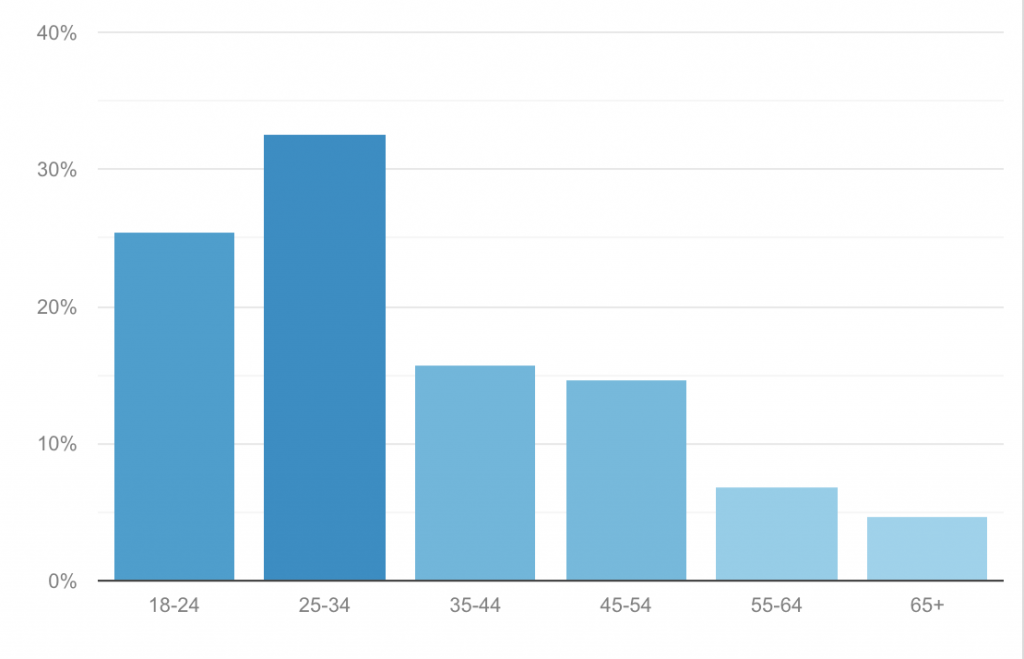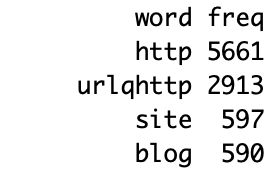Have you always been intrigued by how Ramen Restaurant priced their dishes? Most of the time, the Ramen is a modular product, which can be broken down into many ingredients: The Ramen, the broth, the toppings, etc. Today, we have specially broken down the prices on the menu of a Ramen restaurant which has recently set up an outlet in Singapore, and present to you this pricing analytics piece. Our main questions of the day is how much is each component of the ramen valued at, and which item on the menu gives the most value.
The Dataset: 15 Bowls of Ramen
To start off, we found the menu of a restaurant (which we shall not link because we aren’t sponsored, and also potentially not wanting to swing the sales for the restaurant after our analysis.)
Next we listed the prices, as well as the ingredients offered. This will be the dataset that we would use.

Exploratory Data Analysis
Firstly, let’s get the assumptions out of the way. For this case, the base ramen is assumed as the same for everything in the menu. We also assume that having “Chef’s Recommendation” or “Most Popular” will not influence pricing, though it probably does in many business settings.
Well, we could safely assume that every ingredient will be important in the analysis right? Ironically, no. The first step is to look at any correlated values before we do the analysis. By running a correlation plot, we realised that Spring Onions are missing only in the truffle ramen. We also learned that Leek is always in the Chicken Broth, and Bean Sprout and Pickled Onions are always in the Spicy Yuzu Broth. We are also removing truffle menu items from the analysis as they are way too different from the others and will influence the data. This way, all Tonkotsu broth has wood ear fungus too which should be removed. These data should be counted as part of the broth for a more reflective pricing model which will not exclude any variables.

Pricing Analytics: Which Ramen is the most and least worth it?
So we ran our model. It fits on a perfect straight line!! The restaurant was very clear on their component pricing. Basically, all the menu items were equally worth it. That was not what we expected but it’s an entirely possible outcome.

Pricing Analytics: How much do you pay for each component in your Ramen?
We looked at the output and thought what’s next, we basically obtained a price chart of the Ramen components! (Assuming the Base Ramen is included in the broth.)

If you ordered just a Tonkotsu Broth (which comes with Wood Ear Fungus) without toppings, it would be $8.90, $9.90 for chicken broth (With Leek) and $12.90 for a Spicy Yuzu Broth (With Pickled Onions and Bean Sprout). Each of your toppings of each Belly Chashu, Hanjuku Egg and Collar Cha Shu is $2 Each. Your Seaweed is more or less free and should not be calculated into the equation, but you do get a bigger seaweed for your large bowls so this should be a plus point!
In conclusion when ordering your ramen, pick the bowl which gives you seaweed of your choice (at least in this store.). In addition, now you have this chart to make a rational decision when ordering Ramen in future.
Hope you liked our post today. Hope that this post will inspire you to do your own analysis of your favourite restaurant menus. If you’re interested in starting your own Ramen restaurant, do take a look at our business model analysis here.
Do bookmark this site, leave a comment in the section below, and follow us on our LinkedIn page as we look forward to curating new content for you every week. Next, do read about how we used Google Analytics to Analyse our top and bottom posts of 2020, or on how we text mined 400 spam comments!
Image Credits: Photo by Hari Panicker on Unsplash
Artwork Designed by Tan Wei Xiang









